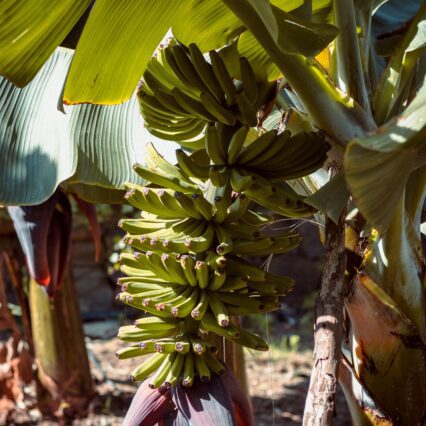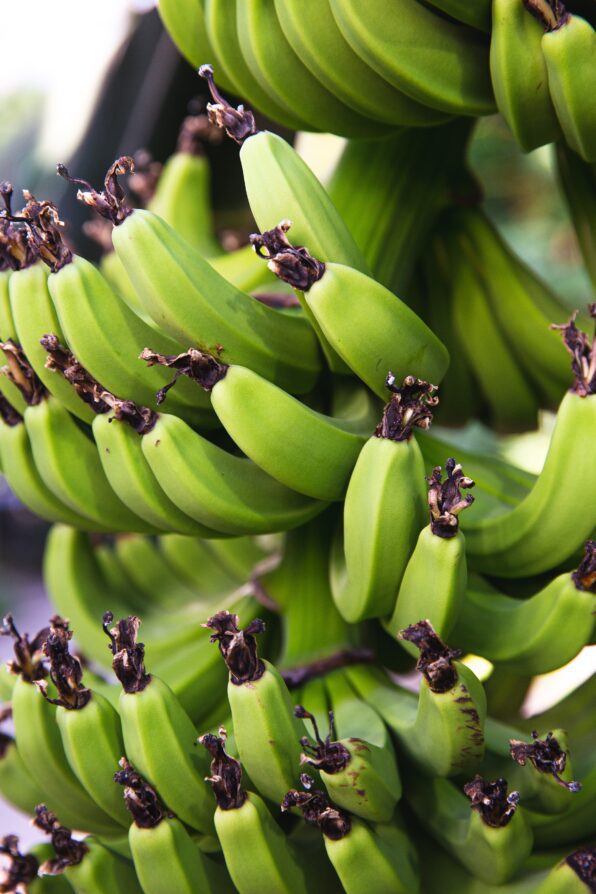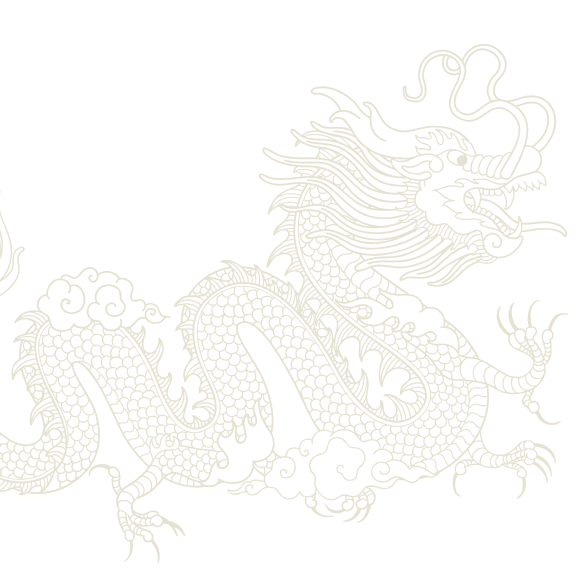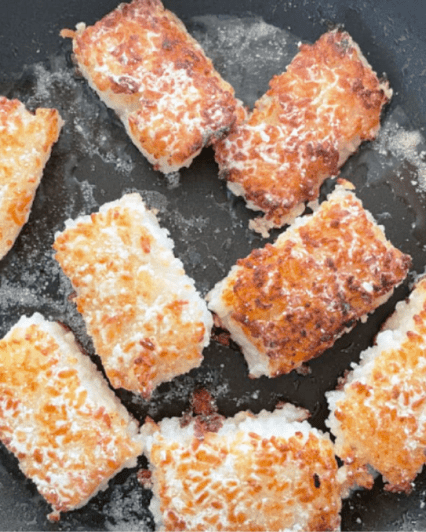What is Banana Ketchup: Discover the Local Ties and Ingenious Beginnings of this Fan Favorite

What is Banana Ketchup: Discover the Local Ties and Ingenious Beginnings of this Fan Favorite
Born in the Philippines in 1893, Orosa lived here in Seattle for many years from 1916 on while getting her bachelor’s and master’s from UW. During this time, she worked in the School of Pharmacy’s food lab and, in the summertime, up in Alaska’s fish canneries; both of these experiences were integral to her advances in both canning and food chemistry which she’d bring back home to the Philippines.
Despite getting a job offer from the state to be just an assistant chemist — Orosa wrote about the extensive racism against East and Southeast Asians in the US and how that resulted in her as a Filipina woman getting passed over in favor of white men — she would return home after her studies. As a proud Filipina, she wanted to help improve the lives of her own people — and it helped that she was able to do so through a much higher food sciences position in the Philippines’ own government.
In this role, Orosa invented many new methods of food preservation and extraction with native Filipino fruits and vegetables; the Philippines at the time had been heavily dependent on the importation of food since colonization, making them particularly vulnerable to global disruption. Her local expertise and scientific background combined to introduce canning, new vinegars and flours that could be created from local products, and even new ovens that could operate in areas without electricity.
All these advances became crucial during the Japanese occupation — particularly her invention and distribution of new foods that were extremely nutrient-dense and accessible, helping keep POWs, civilians, and guerilla fighters not only alive, but able to fight back.
And, among all these accomplishments, that which became a mainstay in Filipino culinary culture: banana ketchup.
Banana Ketchup Since María
In the decades since her death, banana ketchup is no longer just a way to use native ingredients to recreate an American condiment, sustainably. Now it’s a ubiquitous part of the cuisine of the Philippines and its diaspora.
Just like with so many modern culinary icons, there’s an irony about something now so beloved implicitly being the result of colonialism. It can feel paradoxical and impossible to reconcile, but if it weren’t for the introduction of tomato ketchup — an introduction that hardly came about through benign means — banana ketchup would probably have never been invented. The post-
Spanish-rule American conquest ultimately brought ketchup halfway across the world to the Philippines — one of countless instances in modern history of a cultural or culinary pillar being traced back, in one route or another, to violence and subjugation.
But, as populations do with new foods no matter how they’re introduced, Filipinos did develop a taste for ketchup.
And Orosa, like with so many of her inventions, wanted to come up with an alternative that still satisfied that taste but without being reliant on tomatoes that didn’t grow easily and had to be imported-what grew easily and everywhere, was bananas.
It may seem nearly impossible to substitute bananas for tomatoes- and of course, they aren’t a one-to-one; even with the popularly-added red dye to simulate the look of American tomato ketchup, banana ketchup still is noticeably different.
It’s made of a combination of vinegar and spices to mimic the umami and tang of the tomato, as well as sugar and (duh) bananas — on the starchier side, ideally. In modern recipes, the spices can vary depending on the cook’s preferences, but paprika, cinnamon, garlic, and cumin are some common ones.
As one could expect, the taste even with these spices is still somewhat sweeter than tomato ketchup. It’s also extra smooth and thick compared to tomato ketchup.
Pretty much any way you would use tomato ketchup, you can use banana ketchup too. Besides being popular as a condiment, banana ketchup too is used in other recipes in more complex ways. This includes stews, marinades, barbecues, and the most nostalgia-inducing of all to those who know: Filipino spaghetti.
If you ask a Filipino friend about banana ketchup, spaghetti might very well be the first thing that gets brought up. Filipino spaghetti is a comfort food from childhood for many, with spaghetti topped with a banana ketchup-based sauce and often sliced hot dogs or other meat.
Just like with so many regional-specific childhood foods, it might make anyone who is unfamiliar double take upon hearing that description, but for those who grew up with it it’s often a source of nostalgic contentment. And it’s all thanks to María Orosa.




